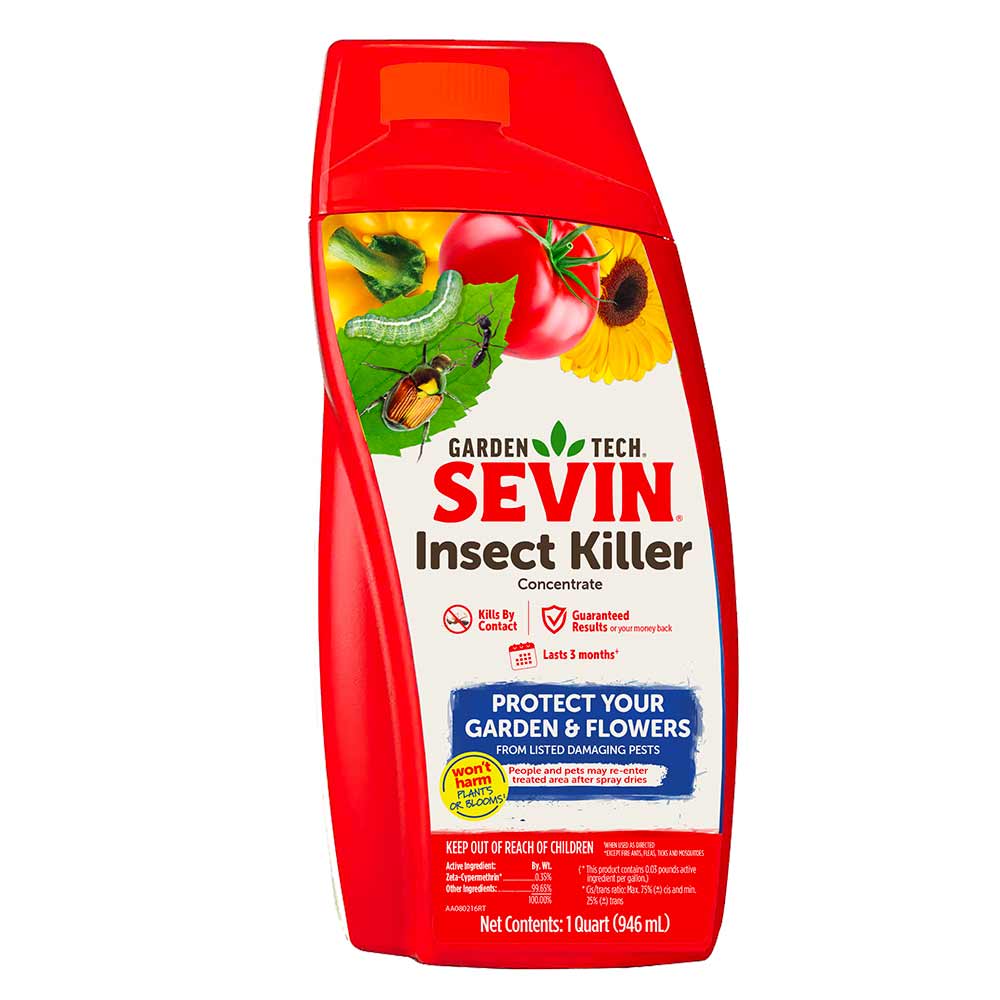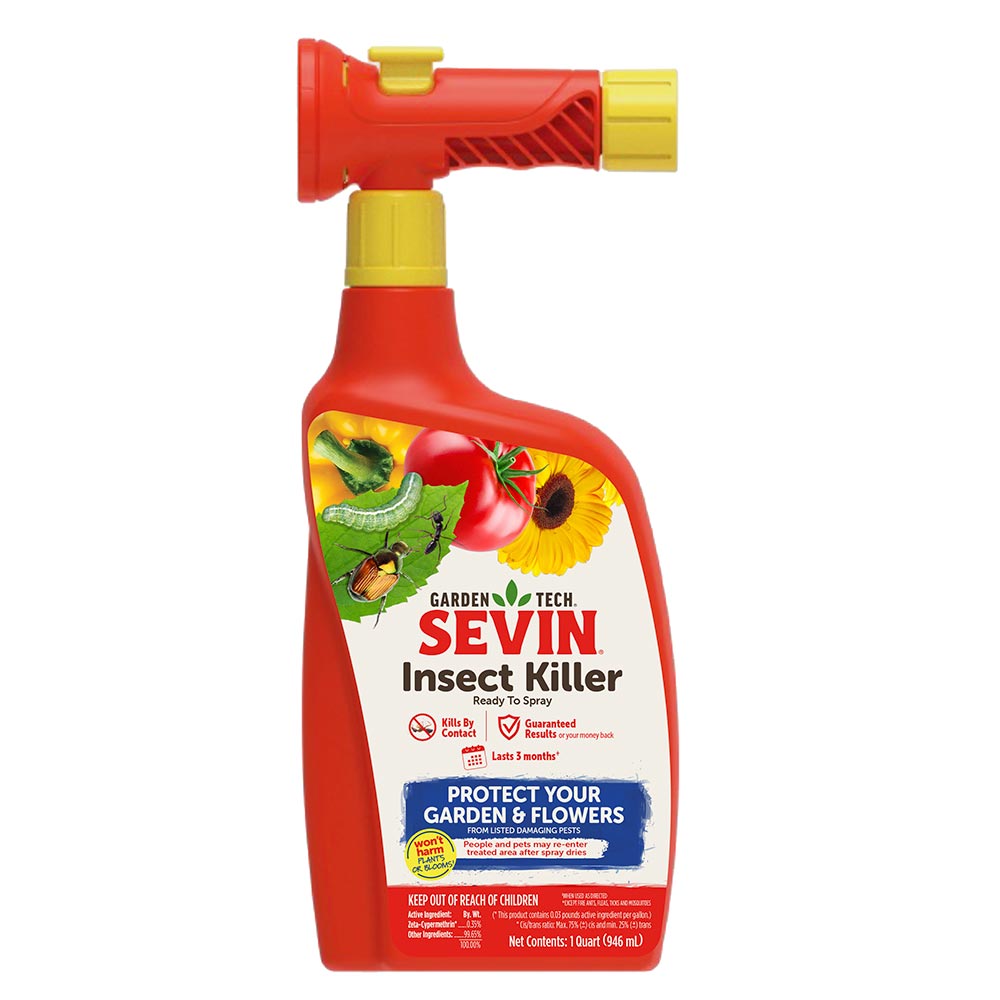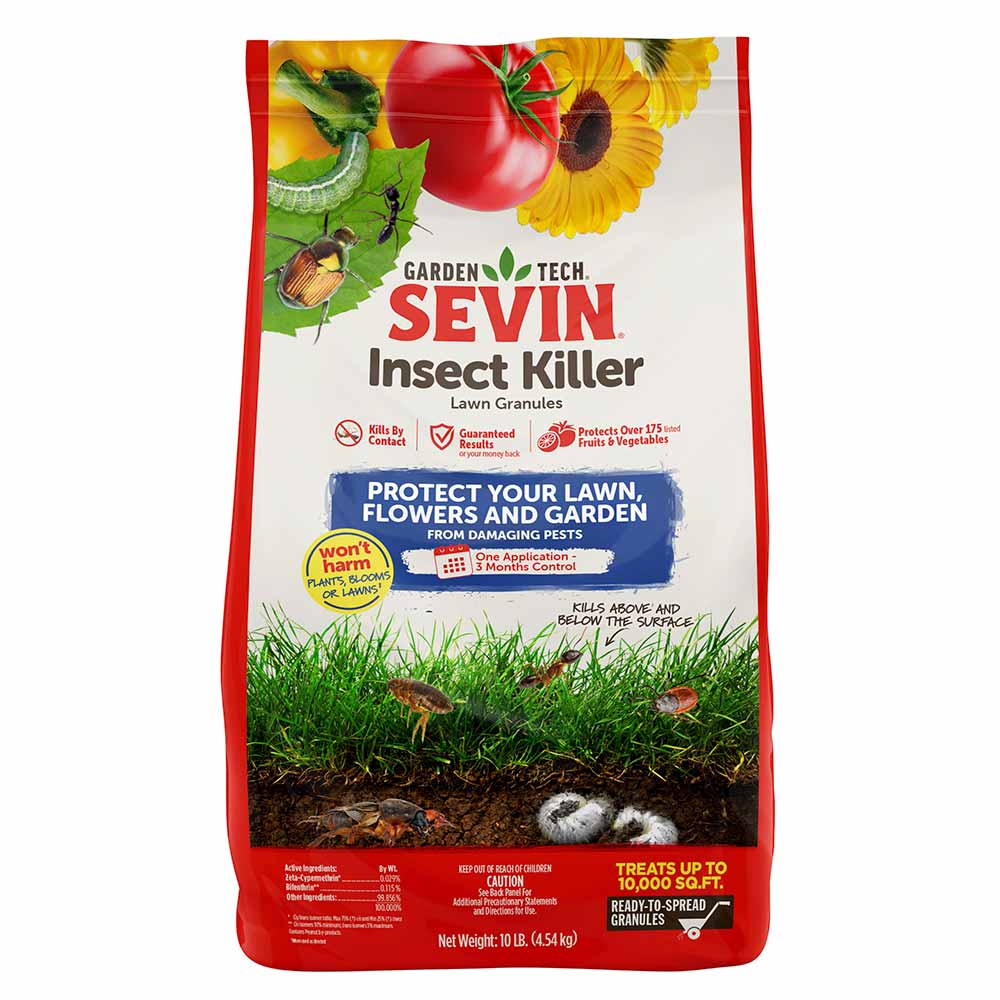Mole Crickets
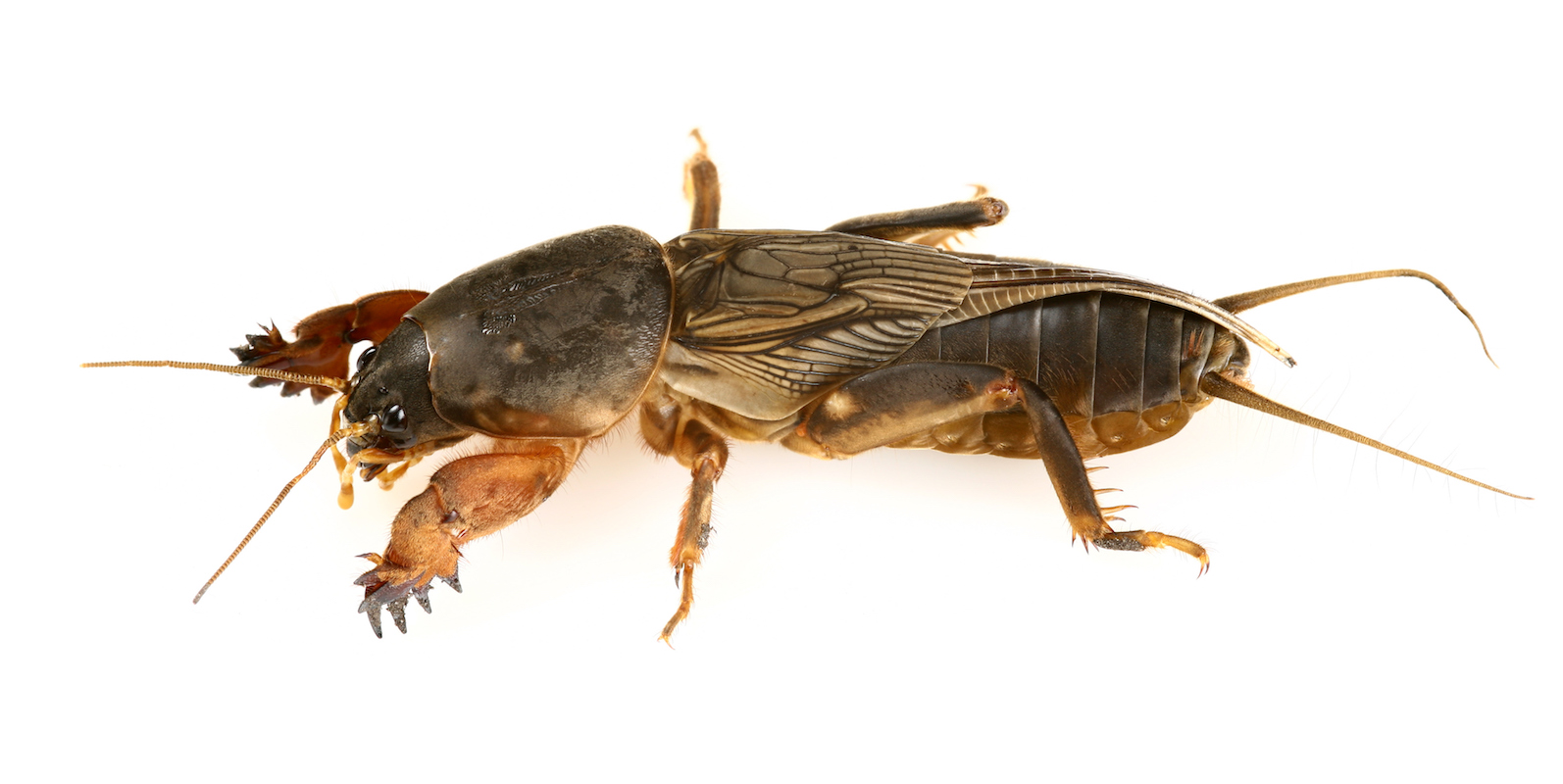

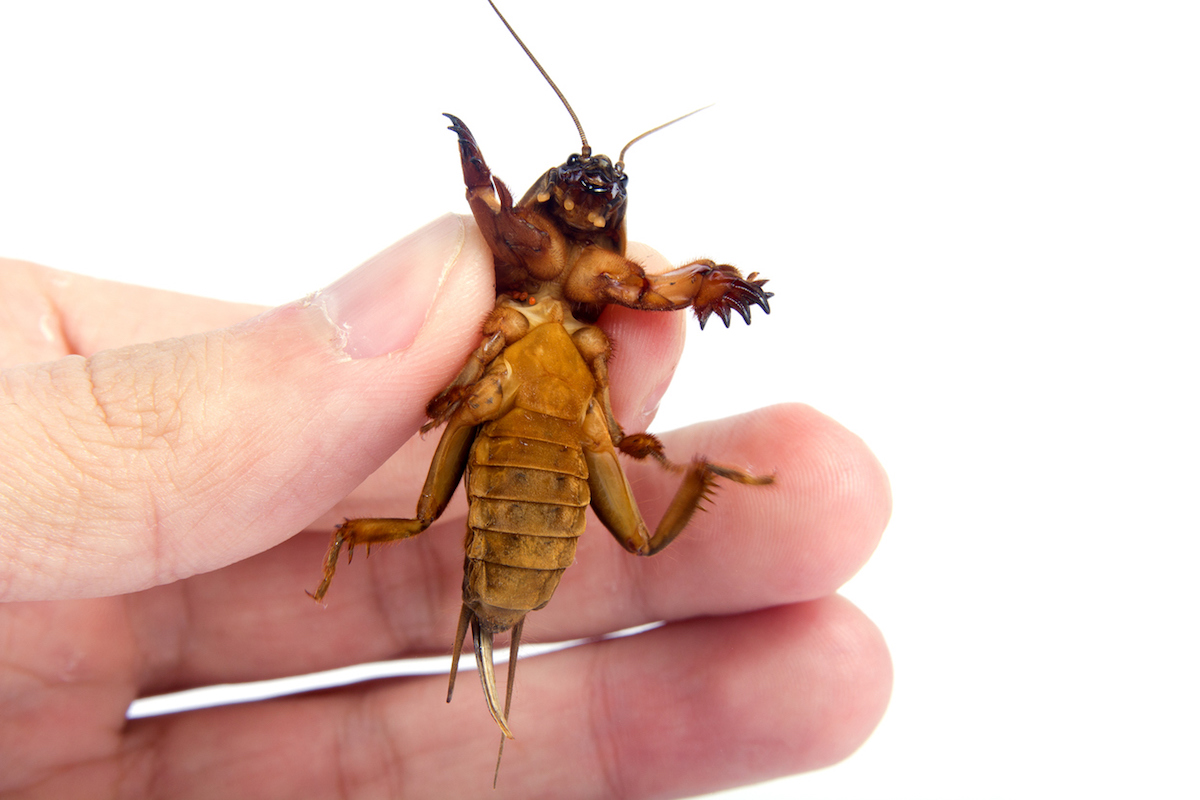
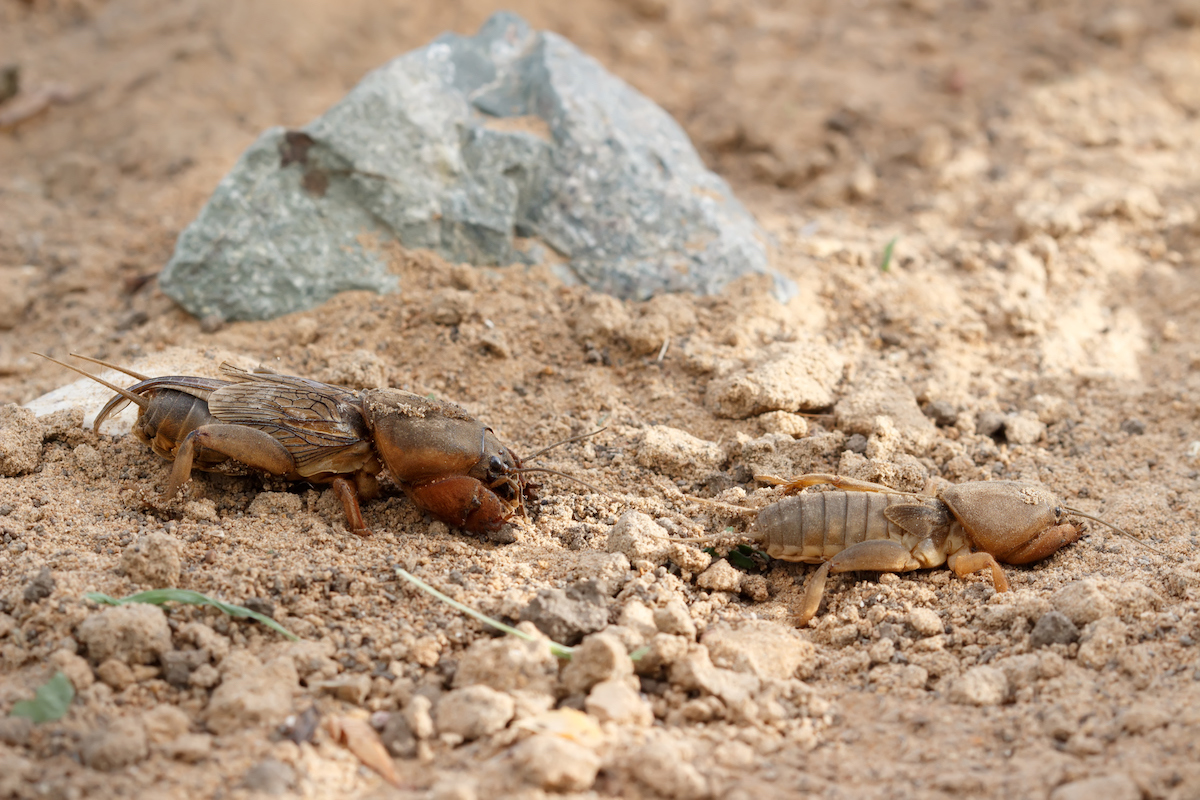
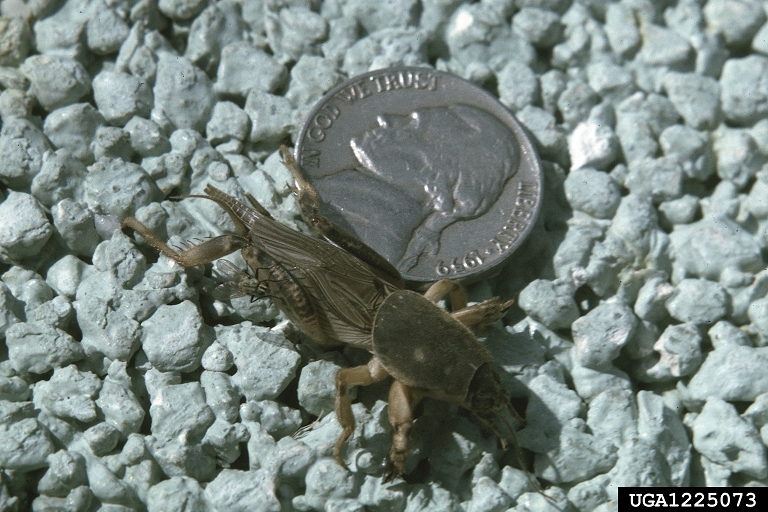
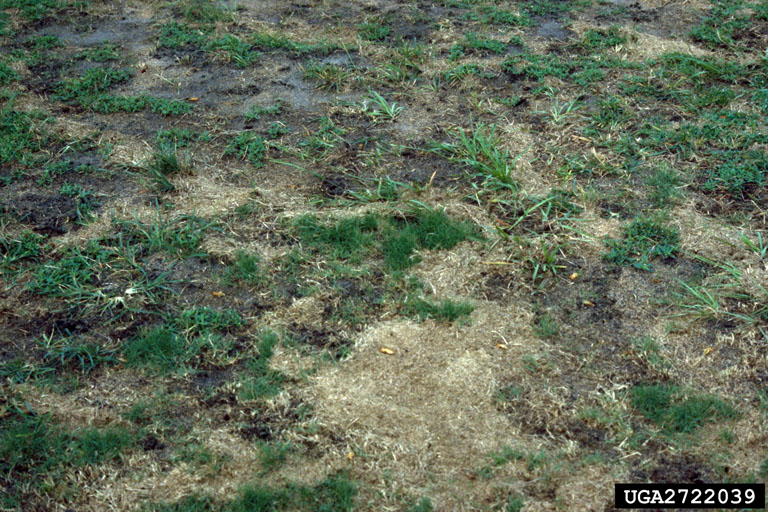
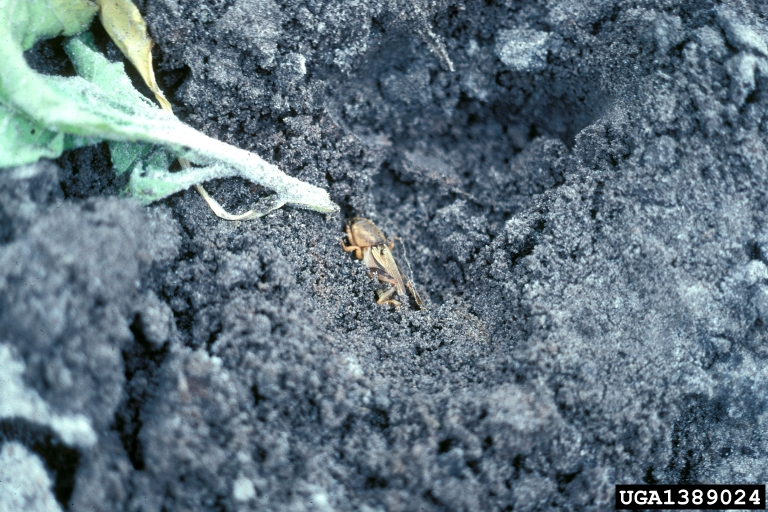
Mole crickets are highly destructive, sub-surface pests that cause extensive damage to turf. Both native and non-native species trouble U.S. lawns. Damage begins in early spring when overwintering mole crickets emerge from soil to mate and lay eggs. Newly hatched nymphs go through several stages from spring through summer, becoming larger and more destructive as they mature. Mole cricket damage often goes unnoticed until late summer, when dead and dying grass reveals their work.
Mole Cricket Identification: Mole cricket species vary in appearance, but unusual, shared features make these pests unmistakable. About 1 to 1 1/4 inches long, the dark to golden brown adults have large, molelike front claws combined with oversize, lobsterlike heads and bodies similar to common brown crickets. Nymphs begin at about 1/4 inch long. They look like adult mole crickets, only smaller, at each stage.
Signs/Damage of Mole Crickets: Mole crickets damage turf grasses and other plants by tunneling just under the soil surface, disrupting plants and damaging roots. The most destructive types also feed on plant roots and shoots. Their protective tunnels push up grass and soil, looking much like mole tunnels through gardens and turf. In southern lawns, most damage occurs during summer when turf grasses peak in growth. By late summer and fall, damaged grasses turn brown and die.
How to Control Mole Crickets: Effective mole cricket control requires monitoring your lawn for emerging adults in spring and proactively treating turf before damage is actually seen. Timely treatments kill existing adults and reach newly hatched nymphs while they're still small and close to the surface in lawn and garden areas. GardenTech® brand offers several highly effective products to kill mole crickets by contact and keep protecting for up to three months:
- Sevin® Insect Killer Ready to Spray, attached to a common garden hose, mixes and measures automatically as you spray. Target areas where adult mole crickets have been seen and spray all soil, grasses and other vegetation thoroughly.
- Sevin® Insect Killer Concentrate, used with a pump-style sprayer, provides an easy, economical alternative for extensive lawn and garden coverage. The convenient measuring cap makes it simple to get just the right amount of concentrate needed for the job at hand.
- Sevin® Insect Killer Lawn Granules kills and controls mole crickets above and below the soil line. For best results, apply the granules to moist soil with a regular lawn spreader as late in the day as possible. If necessary, irrigate your lawn beforehand to bring mole crickets near the surface. Immediately after application, water the treated area with 1/2 inch of water. This releases the active ingredients to penetrate soil and reach mole crickets where they hide.
Tip: A simple soap-water flush helps confirm mole cricket activity. Mix 1 tablespoon of liquid dishwashing detergent with 1 gallon of water and soak the suspected area. Mole cricket adults and nymphs will come to the surface as the soapy water penetrates.
Always read product labels and follow the instructions carefully, including guidelines for pre-harvest intervals in edible gardens.
GardenTech is a registered trademark of Gulfstream Home and Garden, Inc.
Sevin is a registered trademark of Tessenderlo Kerley, Inc.
Is this not your insect?
View all Insects

